Introduction
In the vast culinary landscape of global gastronomy, traditional Chinese dishes stand out for their intricate flavors, harmonious ingredient combinations, and centuries-old cooking techniques. Among these, sauce-marinated pork ribs, commonly known as “Jiang Da Gu” in Chinese, occupy a special place. This hearty, flavorful dish is a staple in many Chinese households and restaurants, offering a succulent, savory experience that satisfies both the palate and the soul. If you’re eager to bring this culinary delight into your kitchen, read on to discover how to make sauce-marinated pork ribs that will rival any restaurant version.
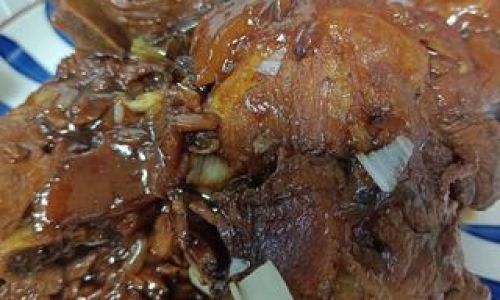
Understanding the Ingredients
Before diving into the preparation, it’s crucial to understand the key ingredients that contribute to the unique taste of sauce-marinated pork ribs. The star of the show, of course, is the pork ribs, preferably pork spare ribs due to their meaty texture and marrow-filled bones. For the sauce, a blend of soy sauce, rice vinegar, sugar, garlic, ginger, star anise, cinnamon, and Sichuan peppercorns forms the foundation, creating a balance of sweet, sour, savory, and slightly spicy flavors.
Additional ingredients like scallions, sesame seeds, and green onions add freshness and color to the dish, while cooking oil is essential for frying and browning the ribs to lock in juices and enhance flavor.
Preparing the Pork Ribs
-
Selection and Cleaning:
Begin by selecting high-quality pork ribs. Freshness is paramount; look for ribs with a bright color, firm texture, and minimal fat. Once you’ve chosen your ribs, rinse them thoroughly under cold running water to remove any blood or impurities. Pat them dry with paper towels to ensure even cooking and better absorption of the marinade. -
Cutting the Ribs:
Depending on preference, you can cut the ribs into individual serving pieces or keep them whole. If cutting, use a sharp knife to make clean cuts, ensuring each piece contains both meat and bone for optimal flavor and texture. -
Blanching:
Blanching helps to remove excess fat, blood, and impurities, leaving the ribs cleaner and enhancing their final flavor. Place the ribs in a large pot of boiling water, adding a few slices of ginger and a splash of rice vinegar to help neutralize any unwanted odors. Blanch for about 5-7 minutes, then remove and rinse under cold water to stop the cooking process. Drain well.
Crafting the Marinade

The marinade is what transforms ordinary pork ribs into a culinary masterpiece. Here’s how to create a perfect blend:
-
Base Sauce:
In a large bowl, combine equal parts soy sauce and rice vinegar. This mixture provides the essential umami and tanginess that define the dish. Adjust quantities based on the size of your rib batch and personal taste preference. -
Sweetness and Aroma:
Add a generous amount of granulated sugar or honey to balance the acidity and add a touch of sweetness. This also helps to caramelize the ribs during cooking, creating a beautiful glossy finish. Next, mince several cloves of garlic and a piece of ginger, adding them to the sauce. These aromatics infuse the ribs with their signature flavors. -
Spices and Herbs:
Incorporate whole spices like star anise, cinnamon sticks, and Sichuan peppercorns. These not only add depth and complexity to the sauce but also contribute visually appealing elements to the dish. If using Sichuan peppercorns, lightly toast them in a dry pan to release their fragrant oils before adding to the marinade. -
Consistency and Flavor Adjustment:
If the sauce seems too thin, you can thicken it slightly with a cornstarch slurry (a mixture of cornstarch and water). Taste and adjust seasoning with additional sugar, soy sauce, or vinegar as needed. Remember, the sauce should be slightly stronger in flavor than desired, as it will be diluted during the cooking process.
Marinating and Cooking
-
Marinating:
Place the prepared pork ribs in a large, non-reactive container (glass or ceramic works best). Pour the marinade over the ribs, ensuring they are fully submerged. Cover and refrigerate for at least 4 hours, preferably overnight, to allow the flavors to deeply penetrate the meat. -
Prepping for Cooking:
Remove the ribs from the marinade, allowing excess sauce to drip off. Reserve the marinade for later use. Preheat your oven to 375°F (190°C) or set up your stove for braising.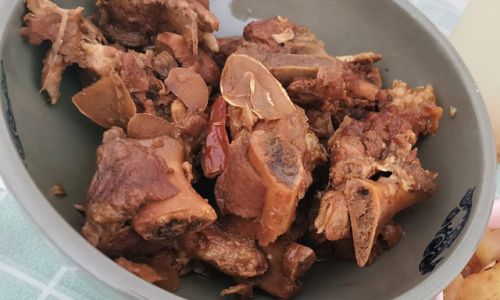
-
Browning:
In a heavy-bottomed pot or Dutch oven, heat a generous amount of cooking oil over medium-high heat. Sear the ribs on all sides until they are golden brown and caramelized. This step not only adds a delicious crust but also locks in juices, ensuring tender, juicy ribs. -
Braising:
Once browned, pour in the reserved marinade, adding enough water or broth to cover the ribs halfway. Bring the mixture to a simmer, then cover and transfer to the preheated oven or reduce the stove heat to low for braising. Cook for about 1.5 to 2 hours, or until the meat is tender and falling off the bone. Check occasionally, skimming any foam that rises to the surface and adding water if necessary to maintain the liquid level. -
Final Touches:
Once the ribs are cooked to perfection, remove them from the braising liquid and set them aside to rest. Meanwhile, strain the braising liquid, discarding the solids, and return it to the pot. Over medium-high heat, reduce the liquid until it thickens into a rich, flavorful sauce. Adjust seasoning with additional soy sauce, sugar, or vinegar as needed. -
Serving:
Place the rested ribs on a serving platter, drizzle with the reduced sauce, and garnish with chopped scallions, sesame seeds, and sliced green onions. Serve hot, accompanied by steamed rice or your favorite side dishes.
Conclusion
Making sauce-marinated pork ribs is a labor of love that yields immense culinary satisfaction. From selecting the perfect ribs to crafting a balanced marinade and meticulously braising the meat until tender, each step contributes to the final, mouthwatering result. With patience, attention to detail, and a love for cooking, you can recreate this classic Chinese dish in your own kitchen, delighting family and friends with its rich, multi-layered flavors.
Remember, cooking is an art form that thrives on experimentation and personal touch. Feel free to adjust ingredient quantities, cooking times, and even add your own twists to the recipe. The key is to enjoy the process and savor the delicious outcome. Happy cooking!
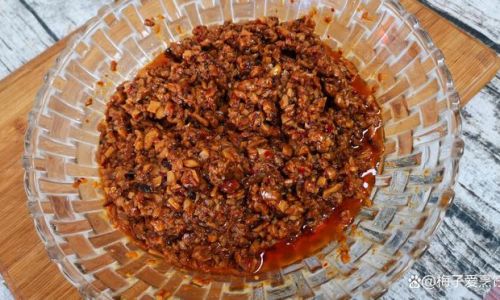
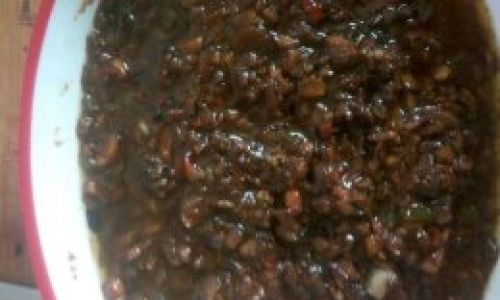
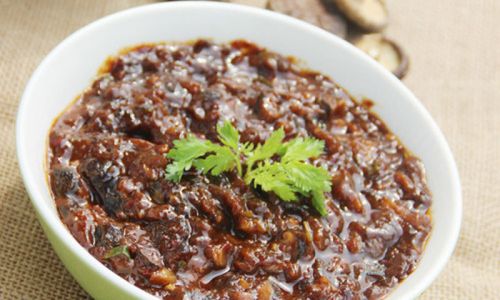

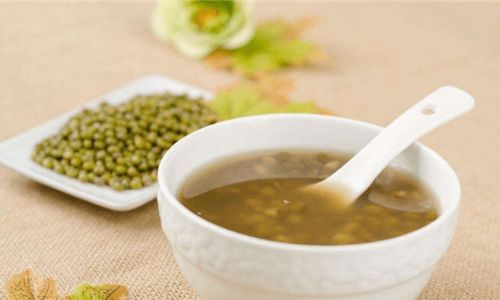
0 comments